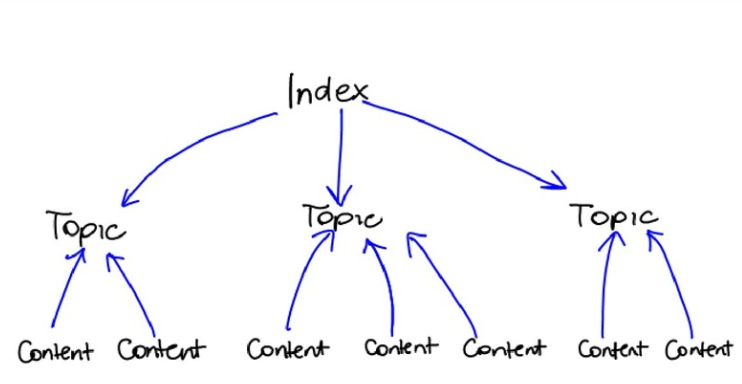This presentation examines some of the ethical issues that we face as information architects, including:
- The myriad of effects of our design decisions on users
- Working with clients and peers
- The consequences of creating categories and classifying objects
- What inclusive design really means
- Personal beliefs and their role in projects
- How can we design for sustainability



